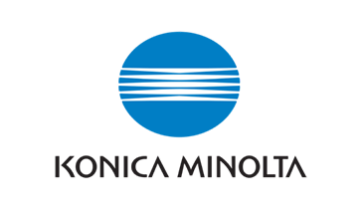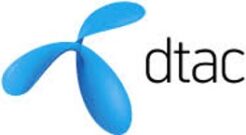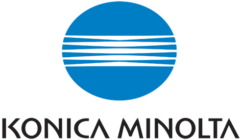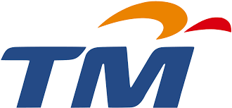


Perform and Transform
Perform and transform – navigating the leadership paradoxes of dual transformations
Most transformation journeys organizations take are dual transformations. To remain competitive in today’s dynamic environment, businesses must constantly refine existing systems to remain competitive while exploring new strategic opportunities to secure the future.
Most leaders find dual transformations difficult to navigate. They require constant decisions about the allocation of resources based on anticipated value. In some cases, dual transformation results in seemingly paradoxical decisions where the company is shaping new opportunities that are poised to disrupt existing businesses.
Examples of these conflicts within the dual transformation journey are best illustrated by some of the organizations that have worked with IMD Strategic Talent.

Headquartered in Tokyo, Konica Minolta was formed through the merger of Konica and Minolta in 2003. The organization built its reputation around being one of the world’s leading suppliers of business and industrial imaging and printing equipment, most famously its multifunctional products (MFPs).
Konica Minolta’s five-year plan involves tapping into the hyper-growth possibilities of managed IT and data services to create a far bigger business which revolves around helping its customers take costs out of their operations to generate more revenue.

Sam Errigo, Chief Operating Officer at Konica Minolta Business Solutions in the US, speaks to Program Co-Director Ric Roi about its dual transformation journey.
Globe transformed from a mobile phone company in the traditional mobile and SMS/text industry into one of the two largest mobile operators and digital payments businesses in the Philippines.
To get Globe to where it is today, Ernest L Cu, CEO of Globe Telcom, pursued a dual transformation of the business.
Globe reformed two business elements in parallel: transforming its traditional mobile services business while at the same time creating a digital services company to serve all Filipinos.
Mastering five key leadership domains to lead dual transformations effectively
Leaders have to reconcile paradoxical business choices. They must provide clarity and consistent direction to those who work with them, motivating them to deliver today while enabling them to adapt for tomorrow. Beyond their own business, leaders also need to gain commitment and alignment from stakeholders within their organization and beyond, even enabling transformation in their industry.
IMD Strategic Talent has identified the five critical domains that leaders must address to effectively deliver dual transformation. Effective leaders who maximize value need to navigate these Perform and Transform decisions across leading strategy, execution, stakeholders, people, and leading themselves.
The challenge lies in leaders having to toggle between polarizing behaviors across these different situations. They must be both structured and spontaneous, strategic and tactical, cohesive and disruptive… in other words, they need to be ambidextrous.
Developing leaders for dual transformation amid the global talent crunch
Leaders who have the skills required to lead value generation from both existing and new businesses are hard to find. IMD research shows that only 12% of leaders we studied can do both – we categorize them as ambidextrous leaders.
Many CEOs we spoke to described how the dearth of transformational talent makes it hard for them to achieve their strategic ambitions. Conversations with CHROs confirm this insight. CHROs also report a struggle to provide a pipeline of suitably skilled senior executives.
Identifying and developing ambidextrous leaders is critical for organizations to continue effectively navigating their dual transformation journey. IMD Strategic Talent can also offer support to enhance the transformational capabilities of leadership teams, leveraging the complementary strengths of your top teams and increasing their effectiveness in harnessing these strengths to deliver dual transformation.
Find out how IMD Strategic Talent’s science-driven approach to targeted development strengthens the pipeline of transformational talent to deliver measurable impact on leader and organizational performance.










